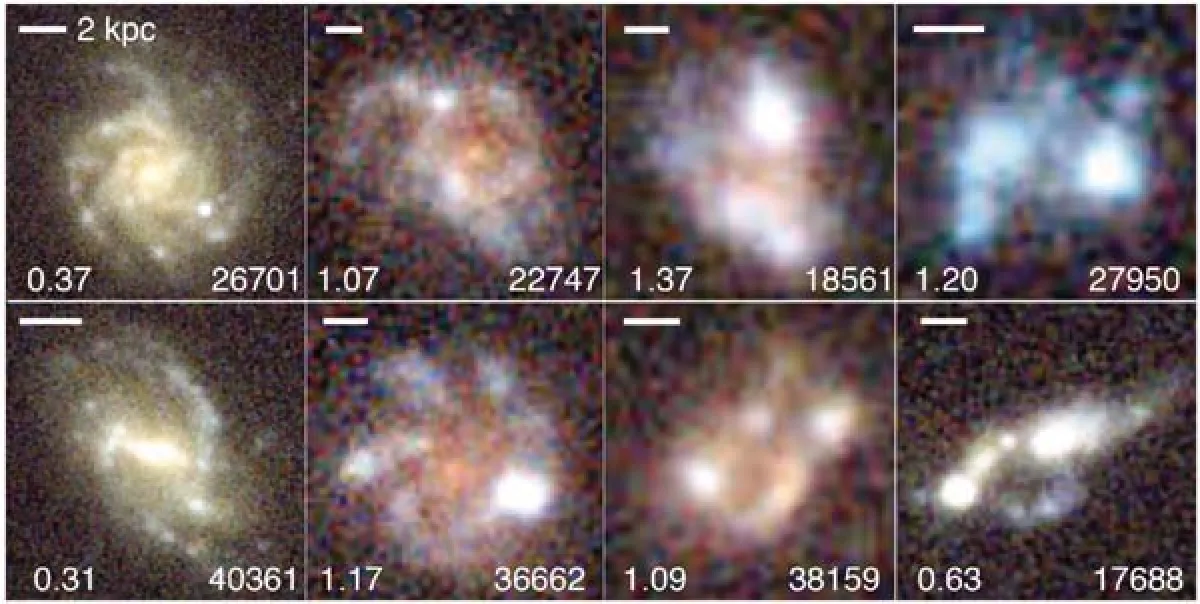Mapping azimuthal variations in metals across cosmic time
Mapping azimuthal variations in metals across cosmic time
Research themes
Project status
Content navigation
About

Galaxy metallicity gradients reveal the chemical structure of galaxies providing insight on how galaxies are formed. Yet a tension exists between measured metallicity gradients of galaxies in the local universe, showing a clear negative slope with radius, and galaxies in the early universe, showing flat or even inverted metallicity gradients. Observationally, measuring a metallicity gradient at early times may not be well motivated as metallicity maps are rarely radially symmetric, often exhibiting irregular clumpy variations. New simulations suggest that the lack of radial symmetry or radial gradients is a result of non-symmetric processes such as accretion, transport and gravitational instabilities. These processes give rise to strong azimuthal variations in the metallicity of this galaxy. However, measuring the azimuthal variations in galaxy metal fields robustly across different epochs and observations is challenging. The aim of this project is to develop a new diagnostic of metallicity asymmetry that can be used on diverse datasets. Using the new diagnostic, we will measure the evolution of azimuthal metallically variations across cosmic time for the first time.
In this project the student would (1) use local data to establishing a statistic for azimuthal variations that works both at high resolution and when the data is degraded to mimic high-z results, (2) apply the statistic to a single IFU survey (e.g CALIFA, MAGPI) to identify driving trends with galaxy properties (3) apply it consistently across datasets to map azimuthal variations in metal fields evolve with cosmic time and compare with simulations. he student taking on this project is expected to familiarise themselves with the basic principles of kinematic data and acquire the skills to successfully analyse three dimensional data.
For further details please contact the project supervisor.

